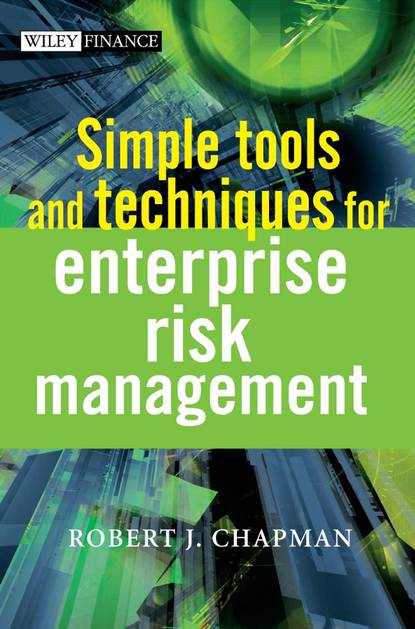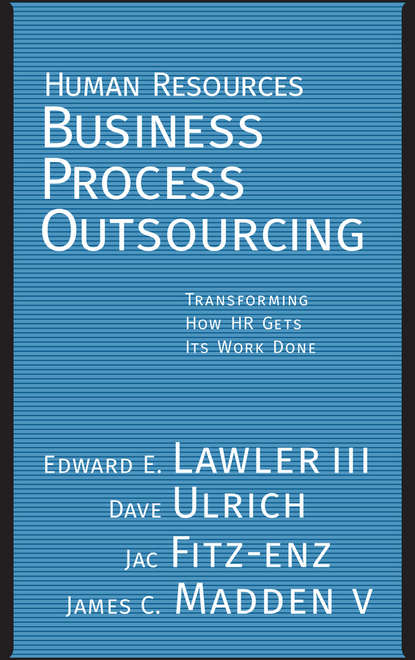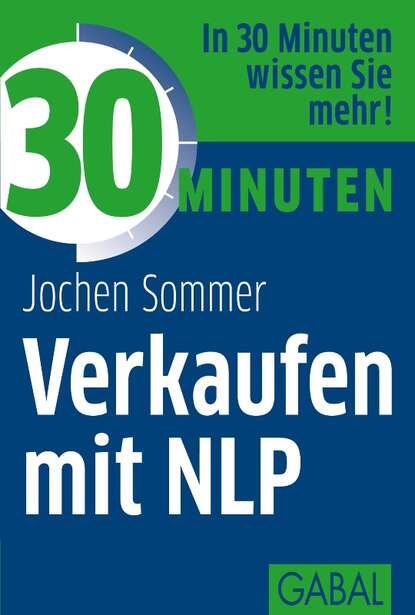Книга "Inside the Box. Leading With Corporate Values to Drive Sustained Business Success" рассказывает о том, как превратить корпоративные ценности в конкурентное преимущество. Авторы утверждают, что лучшие организации понимают свои ценности, четко их формулируют и придерживаются их выше всего другого, даже выше краткосрочных целей и укороченных методов. Это не ставит эти компании в невыгодное положение, наоборот, это их конкурентное преимущество. Если в компании нет ясности на вершине иерархии в отношении того, что ценности действительно значат, то нет и последовательности на уровне управления или ниже в организации. Это означает, что невозможно измерить, наставлять, оценивать, продвигать или увольнять людей в соответствии с этими ценностями. Любая организация, которая не формулирует свои ценности конкретно, функционирует как современная Вавилонская башня. Никто не может быть уверен, что они говорят на одном языке на разных уровнях или разных местах в организации. Решения не всегда имеют смысл или необходимость. Властвует смущение. Независимо от того, насколько привлекательным и вдохновляющим является видение организации, ее стремления далеко уступают реальности. Ценности направлены на достижение результатов в соответствии с тем, за что организация выступает. Они обеспечивают прямую связь между генеральным директором, рабочим на производстве и каждым из сотрудников, а также являются основой "бренда" организации, понимаемого сотрудниками, клиентами, поставщиками и даже акционерами. Когда работа делается правильно, ценности становятся организующим принципом, направляющим компасом, который помогает организациям достигать успеха. Они становятся источником энергии для видения, стратегии и повседневных усилий организации. Видение, стратегия, доля рынка, репутация и прибыль очень важны, но наличие четкого и последовательного набора ценностей гораздо важнее в прогнозировании того, будет ли организация продолжать успешно развиваться в условиях изменения людей, рынков, конкурентного ландшафта и технологии. Люди должны делать свой вклад в организацию добровольно и самостоятельно, чтобы приносить страсть, приверженность, творчество и энергию в работу. Но они будут делать это только до тех пор, пока они будут верить, что то, что они делают, является подлинным и значимым, и является частью кодекса приверженности, разделяемого организацией в целом. "Inside the Box" фокусируется на ценностях ясно и практически показывает, что они такое, откуда они берутся и как они передаются от поколения к поколению сотрудников. Книга также предоставляет карту пути для любого лидера или менеджера о том, как определить ценности, которые делают организацию, отдел, команду или отдельного человека уникальным. Она также показывает, как измерить, соответствует ли организация или человек этим ценностям, и как менеджеры могут использовать ценности как основу для всех своих решений в отношении людей и добиваться высоких результатов в результате.
It cannot be argued that values are beautiful but have little meaning In reality, this is untrue. The superior organizations understand and live their values. Clarity about the meaning of these values at the highest levels of an organization provides consistency throughout the entire organization. However, if there is no clarity about what values mean at the top of the organization, there is little consistency and predictability in operations: it becomes difficult to measure success in the manner intended by the values; to coach employees, encourage, reward, or punish them appropriately. And to say that the great organizational vision cannot suface without solid values base is like saying you can't win a race without a good understanding of direction.
Электронная Книга «Inside the Box. Leading With Corporate Values to Drive Sustained Business Success» написана автором David Cohen S. в году.
Минимальный возраст читателя: 0
Язык: Английский
ISBN: 9780470157626
Описание книги от David Cohen S.
How to turn company values into competitive advantage We are inclined, for whatever reason, to treat values like works of art. We view them as nice to hang on the wall, and beautiful to look at, but we don’t act as though they truly mean much to us in the real world. In fact, the opposite is true. The best organizations understand their values, articulate them clearly, and hold them higher than any short-term concerns or short-cut methods. This does not put these companies at a competitive disadvantage. It is the source of their competitive advantage. If there's no clarity at the top about what values really mean, then there's no consistency at the management level or further down the organization. This means that there's no way to measure, coach, assess, promote or fire people in line with those values. Any organization that does not articulate its values concretely functions like a modern Tower of Babel. No one can be quite sure that they are speaking the same language at different levels or different locations within the organization. Decisions don't always make sense or feel right. Confusion reigns. No matter how compelling and inspirational the organization's vision may be, its aspirations fall far short in reality. Values are about achieving results in a way that is consistent with what an organization stands for. They provide a direct connection between the CEO, the factory worker and everyone in between; and form the basis of the organization's «brand» as understood by employees, customers, suppliers and even shareholders. When the work is done right, values provide an organizing principle, a directional compass that helps organizations succeed; they become a source of energy for an organization's vision, strategy and day-to-day efforts. Vision, strategy, market share, reputation and profits are all very important – but having a clear and consistent set of values is far more critical in predicting whether an organization will continue to succeed and grow as its people, markets, competitive landscape and technology change. People must make their contributions to an organization willingly and independently to bring passion, commitment, creativity and energy to a job. But they will do so only so long as they believe that what they are doing is authentic and meaningful, and is part of a code of commitment shared by the organization as a whole. Inside the Box focuses on values in a clear and practical way to understand what they are, where they come from and how they are transmitted from employee generation to generation. Inside the Box provides a roadmap for any leader or manager on how to identify the values that make an organization, department, team, or individual unique. It also shows how to measure whether an organization or individual is operating according to those values, and how managers can use values as the basis for all of their people decisions and drive superior performance as a result.



















